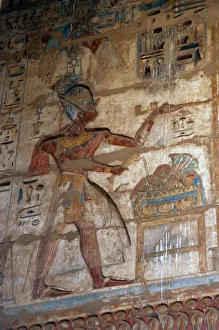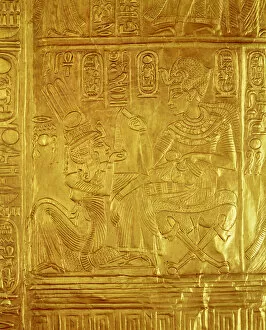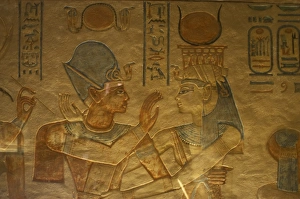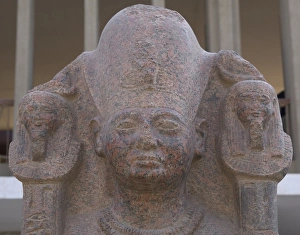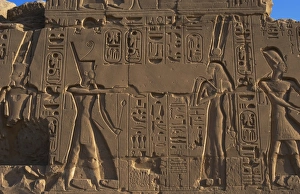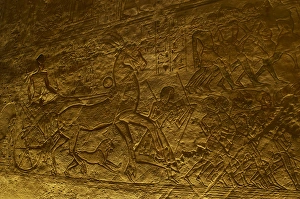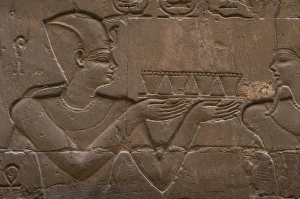Khepresh Collection
"Unveiling the Royal Splendor: Exploring the Magnificence of Khepresh" Step into the Temple of Ramses III and witness the grandeur that once adorned pharaohs
All Professionally Made to Order for Quick Shipping
"Unveiling the Royal Splendor: Exploring the Magnificence of Khepresh" Step into the Temple of Ramses III and witness the grandeur that once adorned pharaohs. Here, Ramses III himself stands tall, donning the majestic khepresh crown, a symbol of his divine authority. Venturing further into history, we find ourselves in the Tomb of Amen Khopshef. The enchanting Goddess Hathor graces us with her presence alongside a prince, their connection shrouded in mystery and reverence. Behold. A pink granite statue captures our attention next – none other than Ramses II. This colossal figure embodies strength and power as it stands defiant against time's relentless march. Delicate details from Tutankhamun's Golden Shrine mesmerize us next. Intricate carvings depict scenes from ancient Egyptian life, transporting us back to an era steeped in opulence and spirituality. The young king Tutankhamun takes center stage once more as we marvel at a golden figure representing him. It serves as a testament to his reign during Egypt's New Kingdom – a period marked by prosperity and artistic brilliance. A pendant bearing Amenophis III's likeness emerges from Tutankhamun's tomb; its intricate craftsmanship hints at an enduring legacy that transcends time itself. Intriguingly crafted shabti figures catch our eye – guardians entrusted with serving their royal master even in eternity. These miniature statues reflect both devotion and belief in an afterlife filled with abundance for kings like Tutankhamun. Moving on to another regal depiction, we encounter Amenhotep III wearing the Blue Crown made of quartzite. His visage exudes wisdom and sovereignty befitting one who ruled during Egypt's glorious past. A limestone head belonging to Tutankhamun captivates us next - delicate features preserved through centuries whisper tales untold yet etched in stone.

